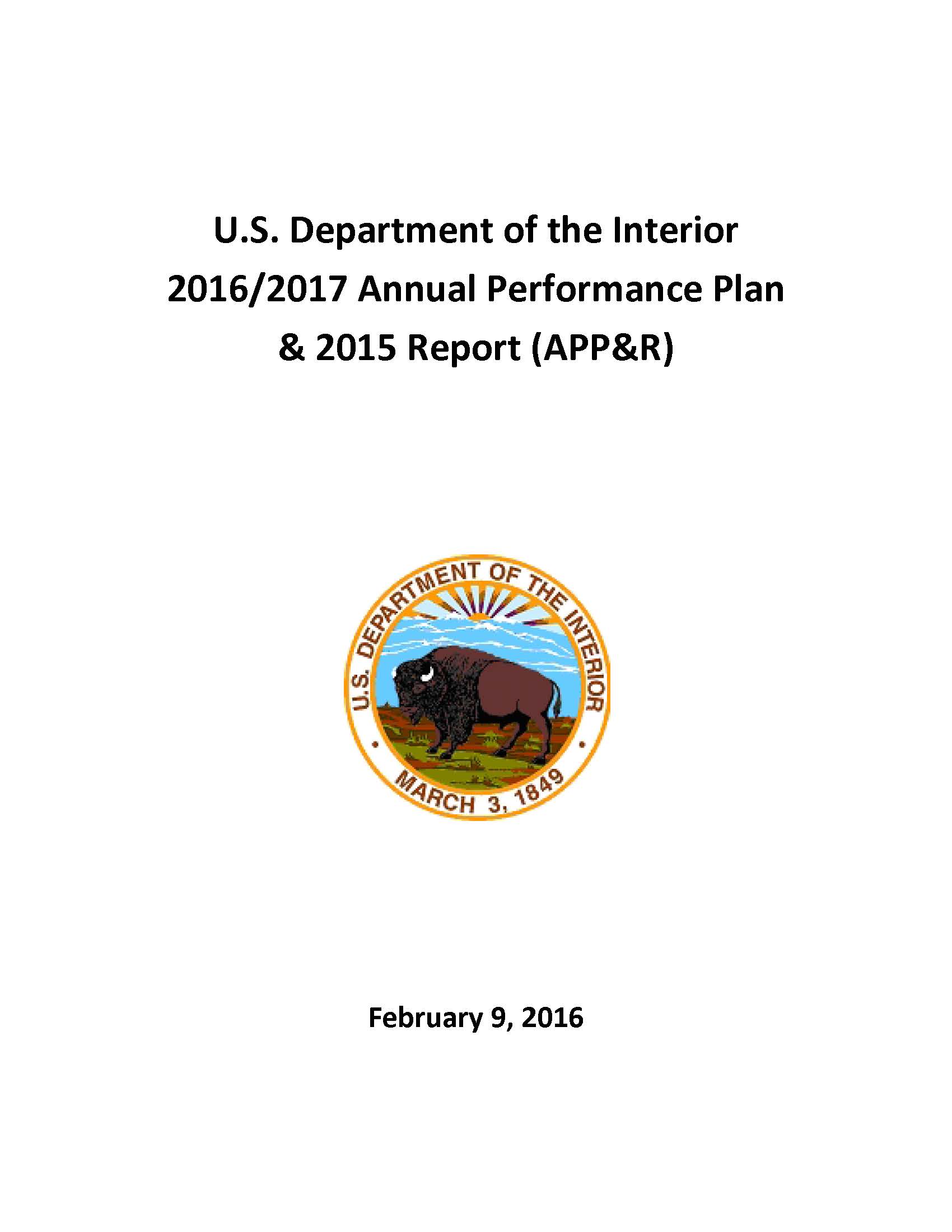- Home
- Agencies
- Department of Agriculture
- Department of Housing and Urban Development
- General Services Administration
- Department of Commerce
- Department of the Interior
- National Aeronautics and Space Administration
- Department of Defense
- Department of Justice
- National Science Foundation
- Department of Education
- Department of Labor
- Office of Personnel Management
- Department of Energy
- Department of State
- Small Business Administration
- Environmental Protection Agency
- Department of Transportation
- Social Security Administration
- Department of Health and Human Services
- Department of the Treasury
- U.S. Agency for International Development
- Department of Homeland Security
- Department of Veterans Affairs
- Goals
- Initiatives
- Programs
Primary tabs
Key to Changes
This text is Revised text
This word has been added to the text
This text is Last Published text
This word has been removed from the text
Modifed styling with no visual changes
Strategic Objective
Assess and forecast climate change and its effects.
Strategic Objective
Overview
The USGS provides scientific research on patterns and impacts of climate and land use change on Earth and human systems. The understanding of these impacts is communicated through peer-reviewed journal articles, vulnerability assessments, resource assessments, forecasts, models and maps to advance the science of climate change and to support land and resource managers and policymakers in their decision making to manage and mitigate the impacts of climate change.
Progress Update
The National Climate Change and Wildlife Science Center (NCCWSC) and DOI Climate Science Centers (CSCs) have consistently added to the science knowledge base by developing natural resource and cultural habitat, population, and ecosystem models, assessments, and datasets since 2008. The performance of the NCCWSC and CSCs are meeting the strategic goals outlined in Secretarial Order 3289. The Climate Research & Development (R&D) Program was established in FY2008, and continues to contribute many systematic analyses and investigations. The overall trend is greater productivity during years with relatively flat funding, illustrating the efficiency and effectiveness of these programs.








